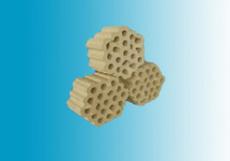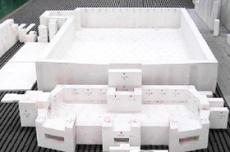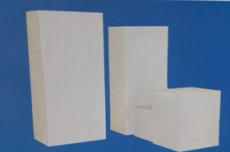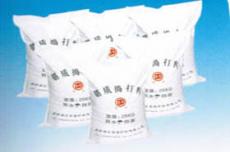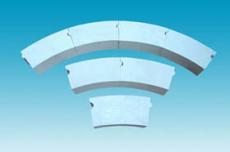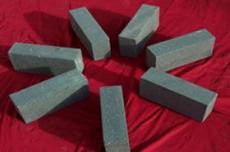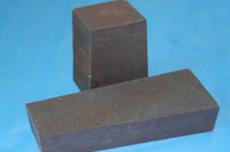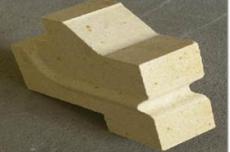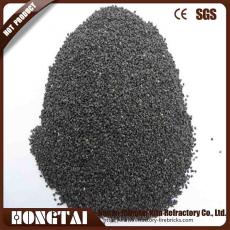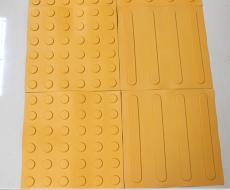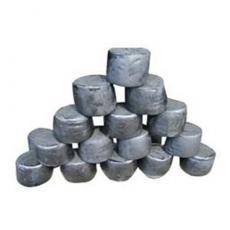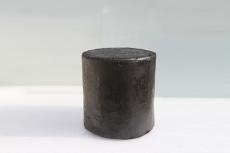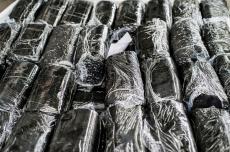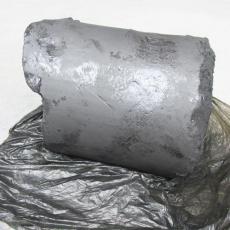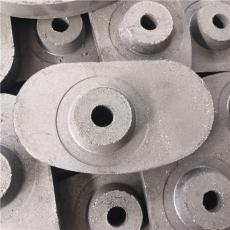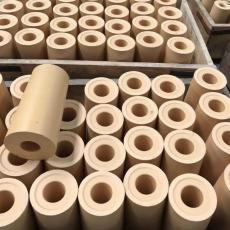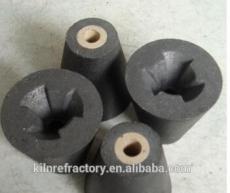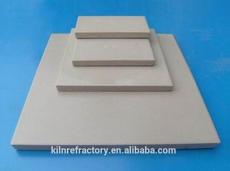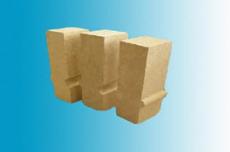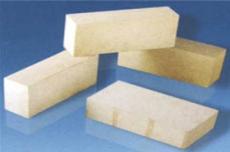
Electric melting furnaces can be divided into hot-top electric melting furnaces, semi-cold-top electric melting furnaces and cold-top electric melting furnaces according to the temperature of the top of the electric melting furnace.
According to the type of molten glass, it can be divided into electric melting furnaces for glass containing high volatile components (such as diatomite glass, fluoride glass, lead glass, phosphate glass, etc.) and electric melting furnaces for dark chromatic glass. According to daily output, it can be divided into small melting furnaces, medium melting furnaces and large melting furnaces.
According to the direction of liquid flow, it can be divided into horizontal and vertical types.
According to the cross-sectional shape, it can be divided into rectangular, square, triangular, hexagonal and circular.
01 Hot-top electric melting furnace
The hot-top furnace is equipped with a flat flame burner at the top, and the output can fluctuate greatly without maintaining a complete batch coverage layer. Generally speaking, in a kiln heated by fuel, electric heating is also used. Not only can the kiln be made smaller, but also the kiln top temperature can be reduced, so that glass products with fewer defects can be produced. The heat required for the operation of the pool kiln comes from fuel and electricity (preferably connected to electricity), and each accounts for about 1/2, which is a fuel and electric heating mixed kiln (mixed melter). Electric heating is used from the bottom of the batch to complete about half of the melting, and fuel heating is used from the top to complete the other half of the melting. In this way, high-quality glass like all-electric melting can be obtained. Because the cost of fuel heating is generally lower than that of electric heating, the main advantage compared with all-electric melting is that the energy consumption cost per ton of glass is reduced. At present, a new concept has emerged in the design of this melting furnace: the flame space above the batch is kept at a moderate temperature of about 1430℃). The standard melting rate of the mixed heating melting furnace design is 4t/(m2 •d).
02 Semi-cold top electric melting furnace
This type of electric melting furnace is operated entirely by electric energy and is equipped with a fixed position feeder. The change in the discharge amount causes the coverage rate of the material layer in the melting pool to change. This type of melting pool can be made symmetrical. It can also be made asymmetrical.
03 Cold top electric melting furnace
The electric melting furnace usually refers to the cold top electric melting furnace. The cold top electric melting glass furnace is fully powered by electricity, and there is a continuous and uniform layer of batch material covering the surface of the entire melting pool. The full electric melting furnace adopts the "cold top" vertical melting process. The surface of the entire melting pool glass liquid is covered with a batch material layer, which blocks the heat radiation of the melt to the top of the kiln and reduces the temperature of the upper space of the kiln to below 150℃. At the same time, most of the volatile components in the batch material condense and reflux to the glass in the covering layer, and the CO2 and other gases released during the melting process can easily pass through the covering layer into the space. The glass melt under the batch material layer slowly flows down into the electrode area. After the glass is completely melted in this area, it begins to clarify and then flows to the lower part of the melting pool to complete the clarification and homogenization process. The melted glass enters the working pool through the flow hole, the ascending channel and the supply channel.
04 Electric melting furnace for melting glass containing highly volatile components
For melting argon glass, phosphate glass, pyrolyte glass, lead glass and similar glasses, the best method is full electric melting. When full electric melting is used, the heat is released below the batch layer. The vapor generated by each batch component dissipates upward through the batch, but condenses in the cold batch. Therefore, the glass flowing through the flow liquid can maintain a stable composition, which is consistent with the batch put into the melting furnace, and the composition of the glass can be accurately controlled. The flow of glass liquid in the all-electric glass melting furnace is vertically downward, and the heat flow is vertically upward. All the glass in the electric melting furnace basically experiences the same thermal history, which is not the case for glass melted by conventional fuel heating. The interface between the glass liquid and the batch is called the molten sodium carbonate layer, which is of great significance. In this layer, the liquid glass formation process has ended, the clarification process has been largely completed, and the color of the glass has been established by the redox state of the relevant coloring components. The remaining sand particles in the surrounding liquid matrix have finally dissolved in the glass liquid below the molten sodium carbonate layer.
05 Electric melting furnace for melting dark glass
When melting colored glass by conventional methods, the problem of poor thermal transmittance occurs. If electric melting is used, it can be greatly improved. The electric heat energy is released in the glass body, and the current can pass through all the glass fairly evenly, so there will be only a small temperature difference. For example, when melting amber glass with a high iron content in a 1.2m deep electric melting tank furnace, the temperature of the glass near the bottom of the tank is only 25°C lower than that of the glass near the surface. Glass with an iron oxide content of up to 12% and glass with a chromium oxide content of 1.3% are easy to melt.
